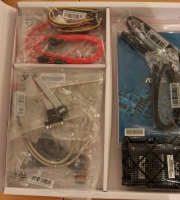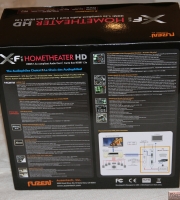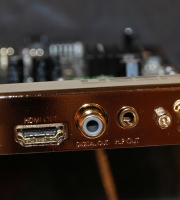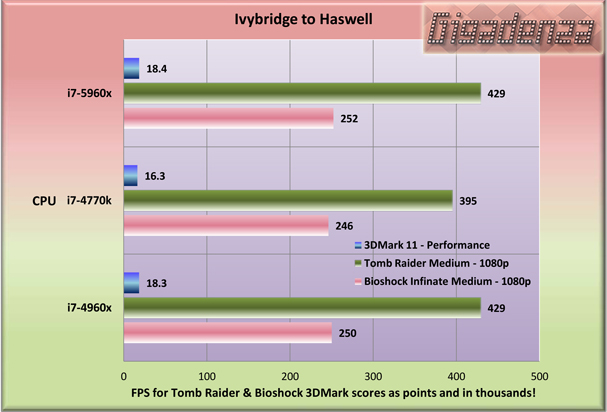



In all remaining cases, not a shred of evidence suggests a CPU’s core tally to be a critical catalyst in the pursuit of a consistently swift or smooth gaming. And now my friends, even I must profess to being a little jaded by such opulent quantities of juicy jargon. Without question, you’ll have noted from our “tick tock tour” through the node netherworld, that all but the fastest CPU in its class was omitted.
Worry not, I hear the accusations of pessimism and bias. I sense those citing my failure to eulogize over the “trendy” options, the products for half the price yet whose performance in so many tests permits the flagship no clear water. The chips for cheeky chaps and chicks, whose range for over-clocking represents ravishing value in their bid for a budget tower of power.
Does all concern the Steam fraternity, the frivolous fantasies of FPS fiends? What about the growing breed of self sufficient producers, the inspired videographers, the prolific let’s players and ebullient un-boxers of whom you spoke as this tortuous ramble took wing. Wouldn’t ye Haswell better heed their needs? No praise for the 5930k? No plaudits for the 5820k. After all, both these SKUs streak past a 3960x, a $1000 centrepiece in its time. Is this not conducive to marked improvements in efficiency, increasing returns from Intel to its most loyal customer, a golden year for the discerning enthusiast?
To dispute facts would be senseless, and those above are indeed persuasive, but lauding a contemporary mid-priced CPU for outpacing a top dog three years its senior would, ironically, serve to highlight a pattern and rationalize both my purposeful oversights and lack of exuberance. To prove any further criticism unjustified, I need only invite you to compare the powers of a i7-3930k and a i7-965 “extreme”, two more enthusiast grade processors, again separated by three years. The first the younger “smart buy” and the second the aged “crown jewel”, a familiar scenario with an outcome to match. Believe me, I’d show you first hand but I’ve no tables left to impart. Ok, to hell with it, just one for the road.
The method involved adding the test results for each “extreme” CPU in each of the eight previous tables then, in every case, subtracting the lower figure from the higher figure, dividing the result by the lower figure and finally, multiplying by 100 to in order to calculate the performance gain and preserve the relative percentages for each pair of CPUs.
The colour coding and legend show which two CPUs are being compared and the higher percentage represents the performance increase provided by the newer nodes. Random comparisons are regretfully impossible due to each group of results being independently collated and determined by exclusive tests under unique conditions. A handsome sight it may not be and it only documents the super expensive extremities, but having separate data sets for gaming, rendering and encoding applications affords intriguing evidence, not merely of the bonuses Monsieur Intel has seen fit to grant over seven gruelling years, but also of when his ticks and tocks have resounded with the clamour of Big Ben’s Chimes as or hovered on the edge of a sundial’s silence.
Finally, the relative speed and cheapness of bronze and silver siblings is little more than another constant. Remember the gamely i7-920 and how no benchmark would offer its “extreme” boss the chance to humiliate? What about squadrons Ivy-E and Sandy-E? Did lieutenants 4930 and 3930k ever disgrace themselves in training with their commanders? Listen, just purchase as you will, and may your decisions, whether influenced by this genial visit or the constructive opinions of those far more astute be wise, informed and adorn you with nothing but the wonders of building…and using.